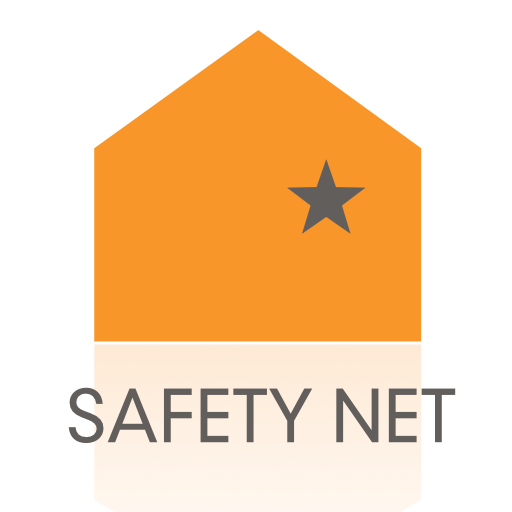New Resources Help Programs Choose the Right Database
/Victim service providers across the country are grappling with the same challenge – what kind of database will allow them to properly track records without compromising the privacy of survivors?
There isn’t a simple answer for this question. Choosing and implementing a safe and secure database is a complex process. Fortunately, we have created a series of resources to help programs choose and maintain a database that upholds confidentiality to the extent required by law and best practice.
The Safety Net Team and Confidentiality Institute have gathered information from many database companies that is specifically pertinent to privacy for domestic and sexual violence programs. Standard questionnaires have been completed by the companies to allow programs to compare the database products side-by-side, and each company participated in a recorded webinar presentation that dives deeper into their policies and processes for securing data.
In addition, some new resources have been developed to help programs narrow down what they are looking for. The handout, “5 Characteristics of a Secure & Victim-Centered Database” explores the key elements to selecting a database that takes into account survivors’ privacy needs and the confidentiality obligations of programs.
You can access these resources by visiting Safety Net’s Selecting a Database section of our Agency’s Use of Technology Best Practices & Policies Toolkit.
For more information on confidentiality obligations, including various templates to use within partnerships, also visit www.nnedv.org/tools.



